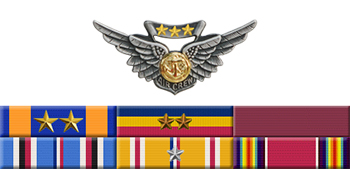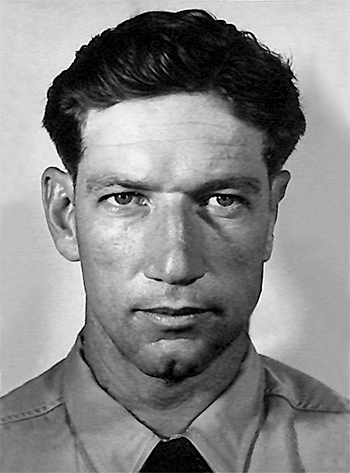
|
Richard A. Boone |
 |
|||
| Rank, Service | ||||
Chief Petty Officer, U.S. Navy |
||||
| Veteran of: | ||||
|
||||
| Tribute: | ||||
Richard Boone was born on June 18, 1917, in Los Angeles, California. He enlisted in the U.S. Navy on May 26, 1942, and completed basic training at Naval Training Center San Diego, California, in July 1942. Seaman Boone next attended basic ordnance training at NAS San Diego from July to September 1942, followed by Aviation Ordnanceman training at Naval Training Center Memphis, Tennessee, from September to November 1942. His final training was "C" School for Advanced Ordnance Training at Naval Air Technical Training Center Chicago, Illinois, from November 1942 to April 1943. Chief Boone served with Torpedo Squadron 6 (VT-6) from April 1943 to October 1945, first as a ground ordnanceman, and from October 1943 to October 1945 as a Grumman TBF Avenger torpedo bomber Aircrewman and Aerial Gunner. He participated with his unit during the Gilbert Islands Operations; Marshall Islands Operations; attack on Truk; and engagements against Okinawa, Nansei Shoto, and Kyushu, Japan. During this time his squadron operated from NAS San Diego and with Carrier Air Group 6 aboard the aircraft carrier USS Enterprise (CV-6) from November to December 1943, aboard the aircraft carrier USS Intrepid (CV-11) from December 1943 to March 1944, and then aboard the aircraft carrier USS Hancock (CV-19) from March to August 1945. Chief Boone was honorably discharged from the U.S. Navy at Naval Receiving Station Shoemaker, California, on December 17, 1945. After leaving active duty, Richard Boone became an actor, working on Broadway, and in film and television from 1947 until his death on January 10, 1981. Per his wishes, his remains were cremated and his aches were scattered in the Pacific Ocean off Hawaii. |
||||
|
||||

